From the beaches of the Black Sea to the mountain monuments of communism: This is Bulgaria as you’ve never seen it before.
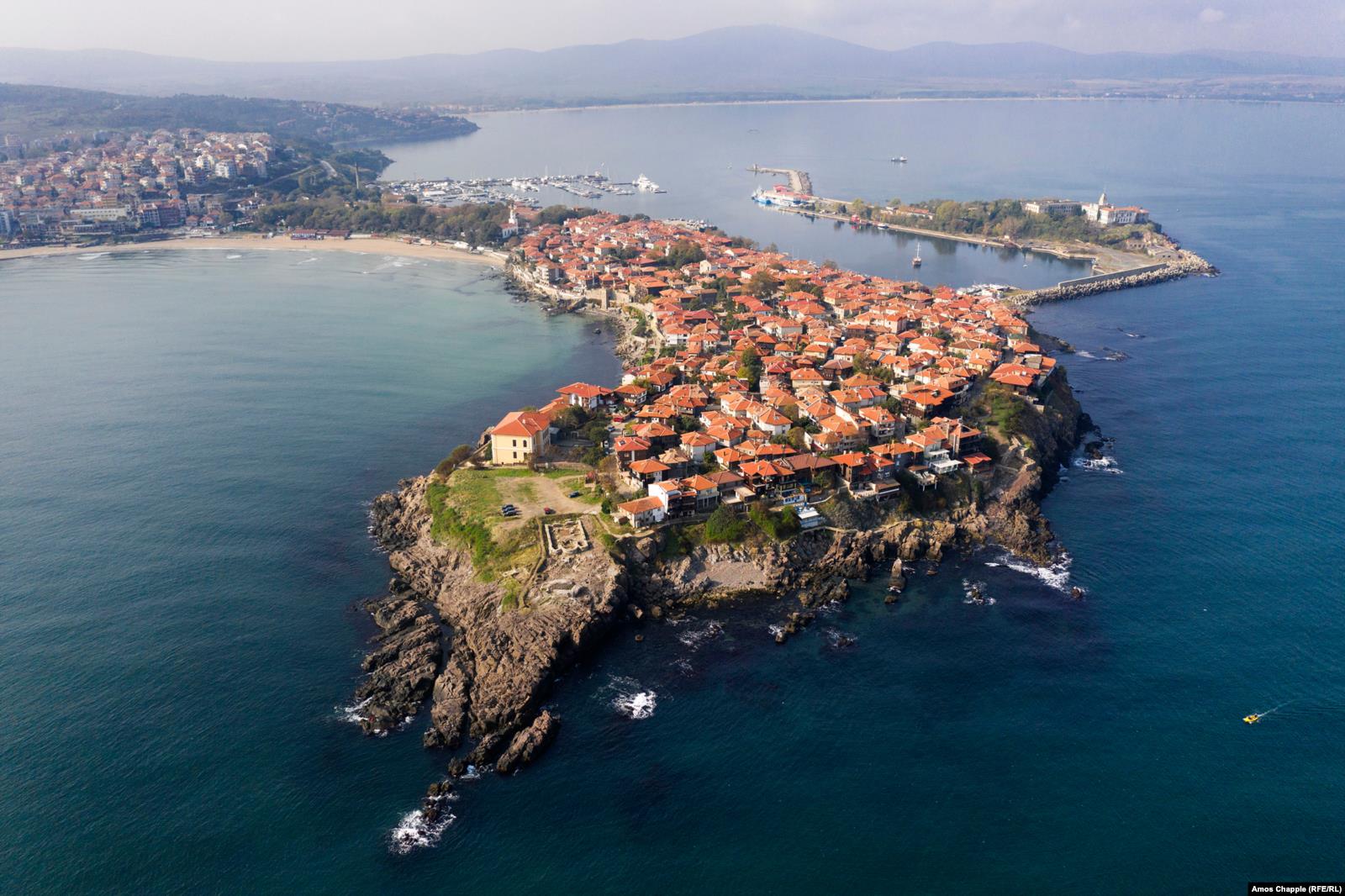
Sozopol, an ancient fishing village that made headlines in 2012 when a medieval “vampire grave” was discovered. Archaeologists uncovered the skeleton of a man who’d had his teeth torn out and a metal stake hammered through his chest, apparently to stop him rising from the dead.

The Belogradchik Fortress, nestled into a handy rock formation. The fortified watchtower was built when Romans ruled over the region.
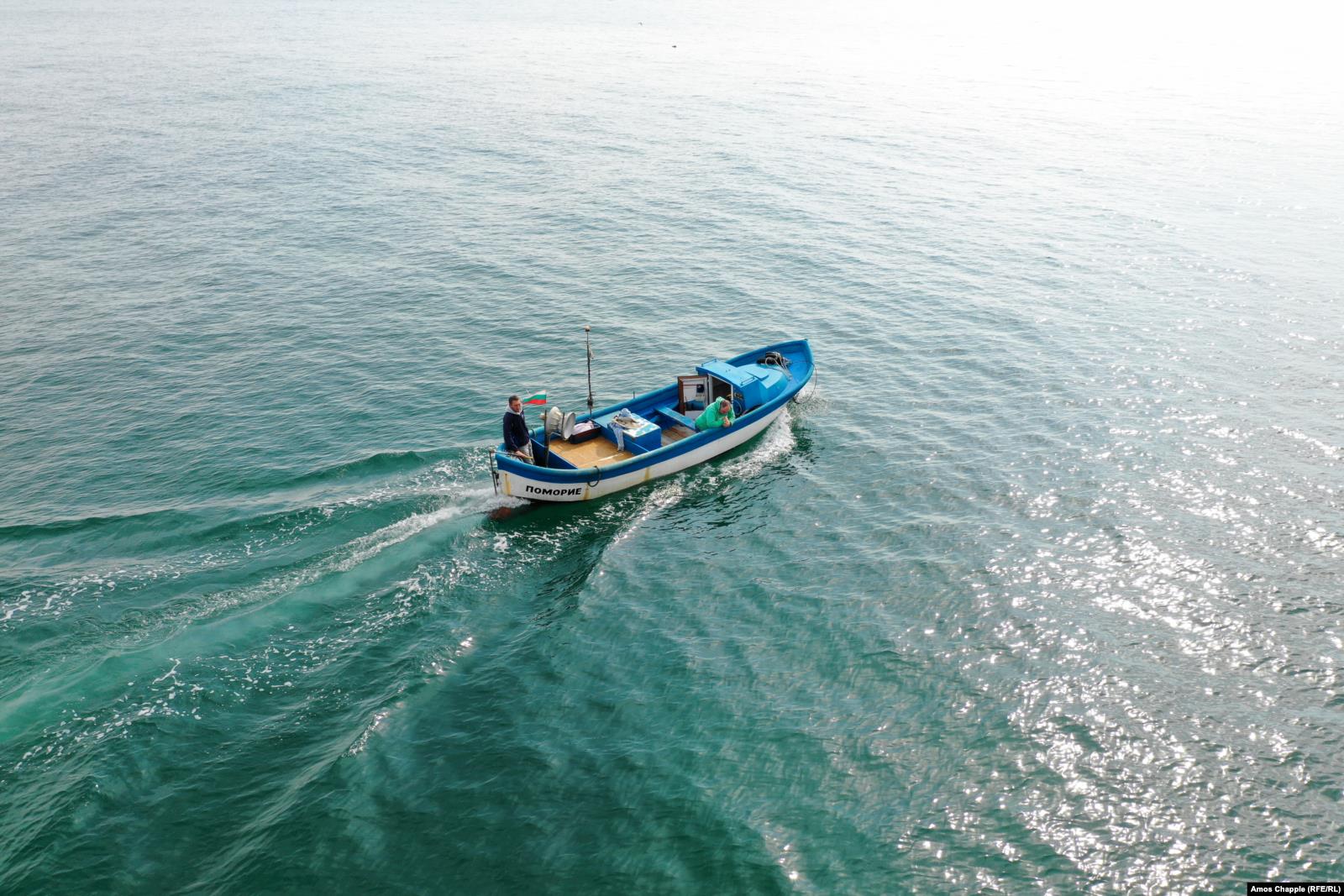
A fisherman watches the reef roll by beneath him off Pomorie as his colleague steers out into the Black Sea.
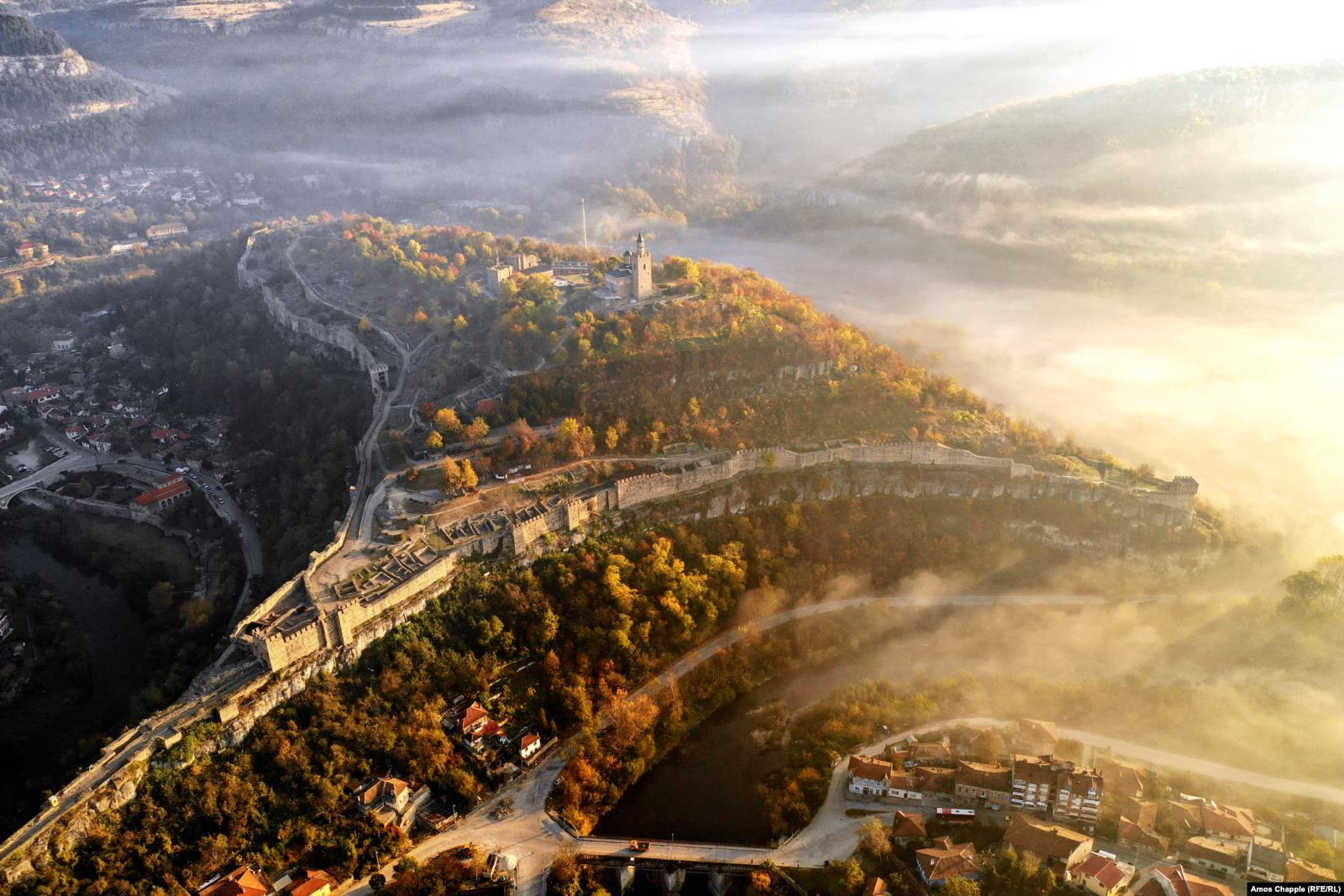
Veliko Tarnovo’s fortress on a misty morning. The town was once dubbed a “third Rome” (after Constantinople) for its cultural influence on Eastern Europe.
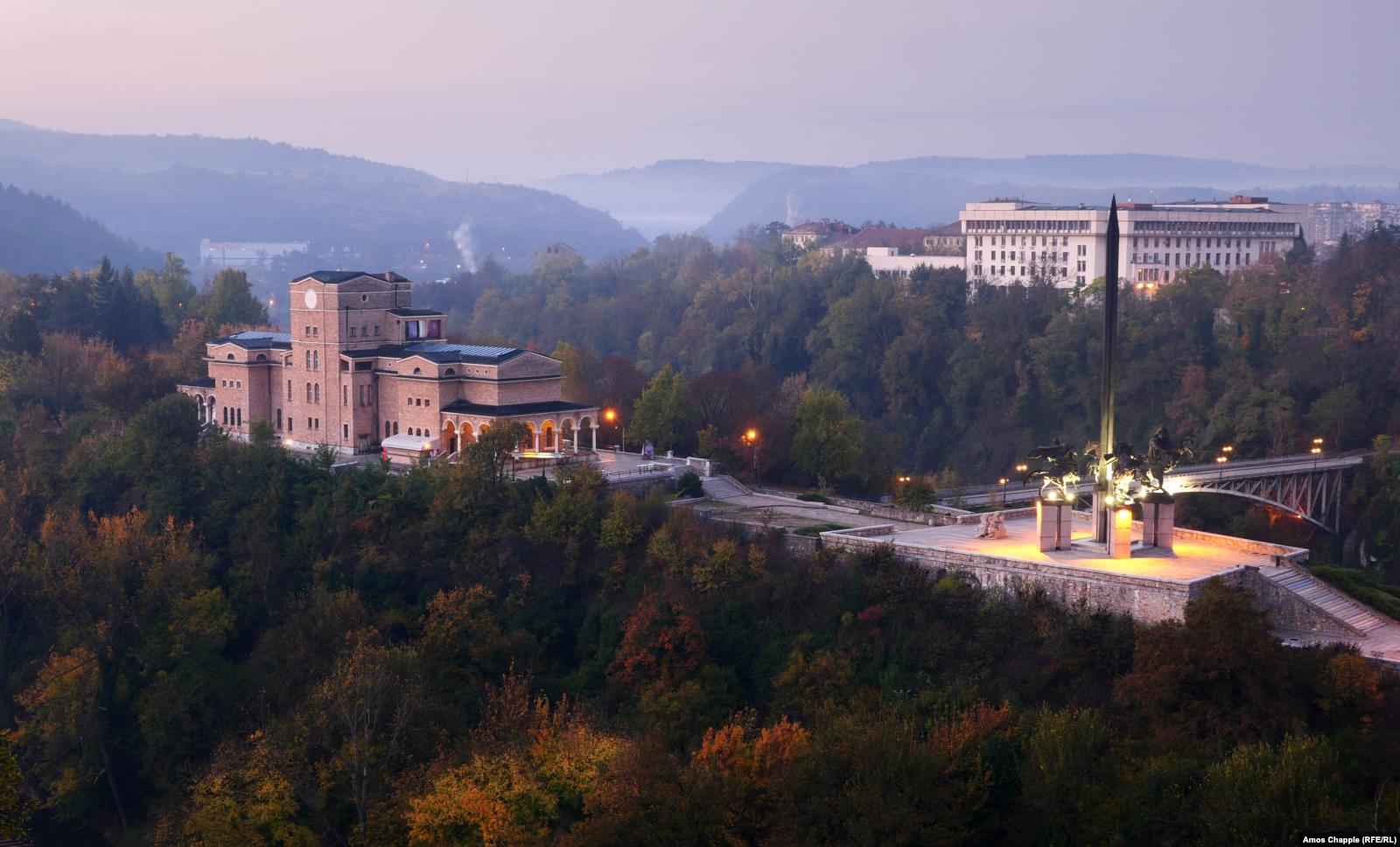
The Assens Monument in Veliko Tarnovo, built to mark 800 years since its crowning as the capital of the Second Bulgarian Empire.
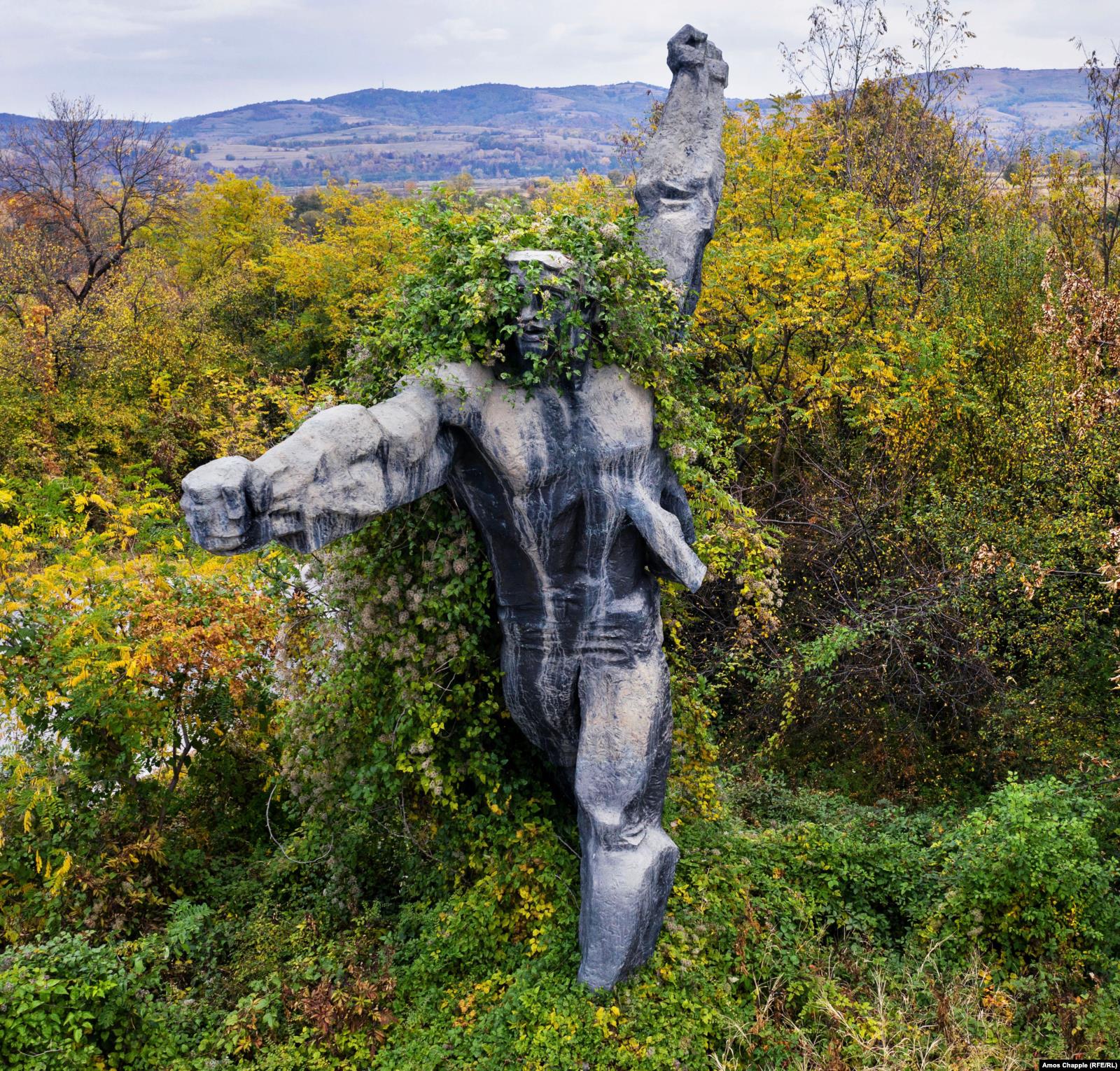
“The Forgotten Communist,” a roadside monument being reclaimed by the jungle in a northeastern corner of Bulgaria.

Shipka Memorial Church, a golden-domed monument to the Russian, Ukrainian, and Bulgarian soldiers who died driving the Ottomans out of Bulgaria.
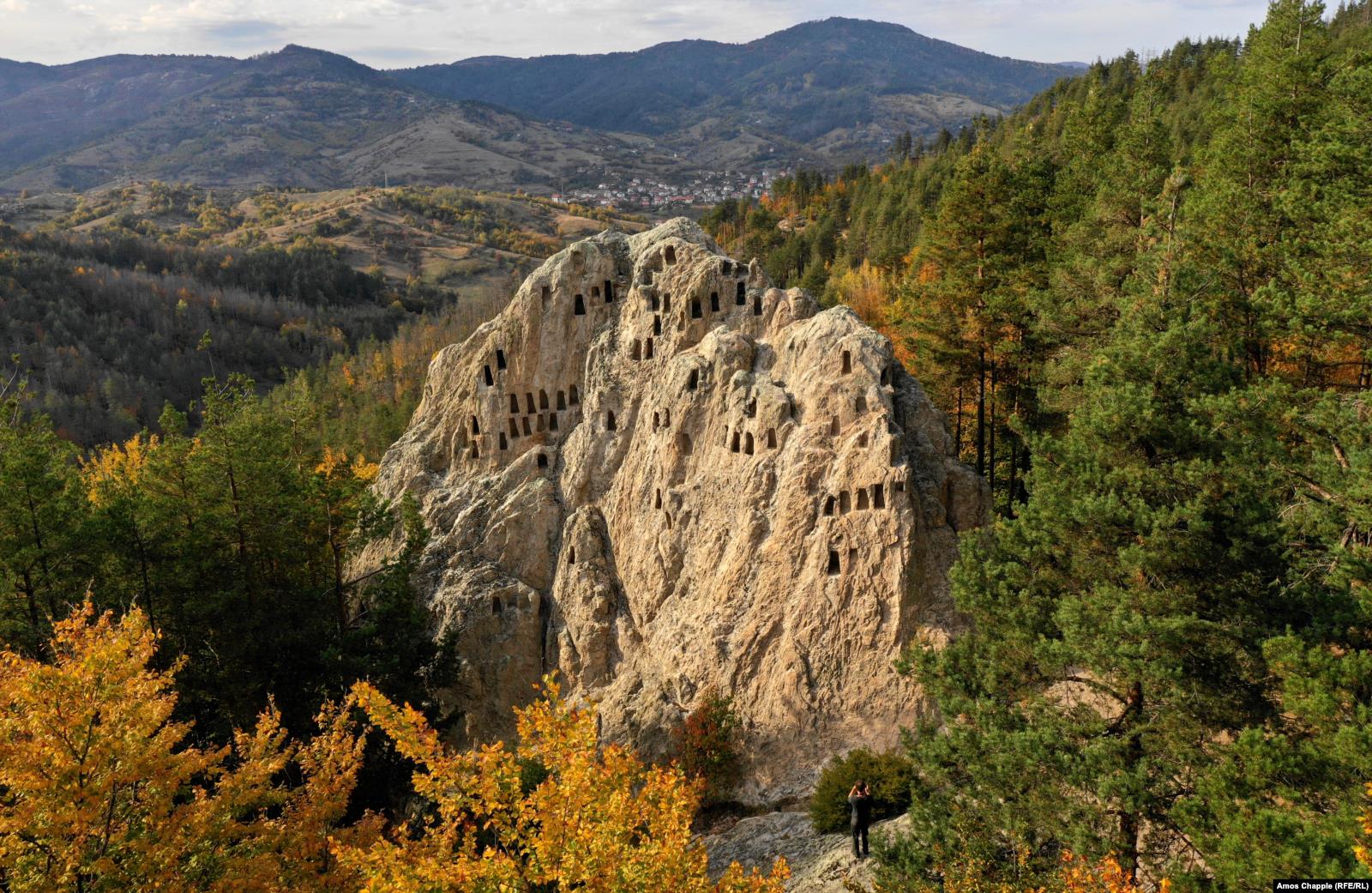
The remains of a Thracian burial area near the town of Ardino. Bulgaria is dotted with remnants of the ancient, wine-guzzling Thracian tribes. Famous Thracians include the poet Orpheus and Spartacus, the rebel slave.
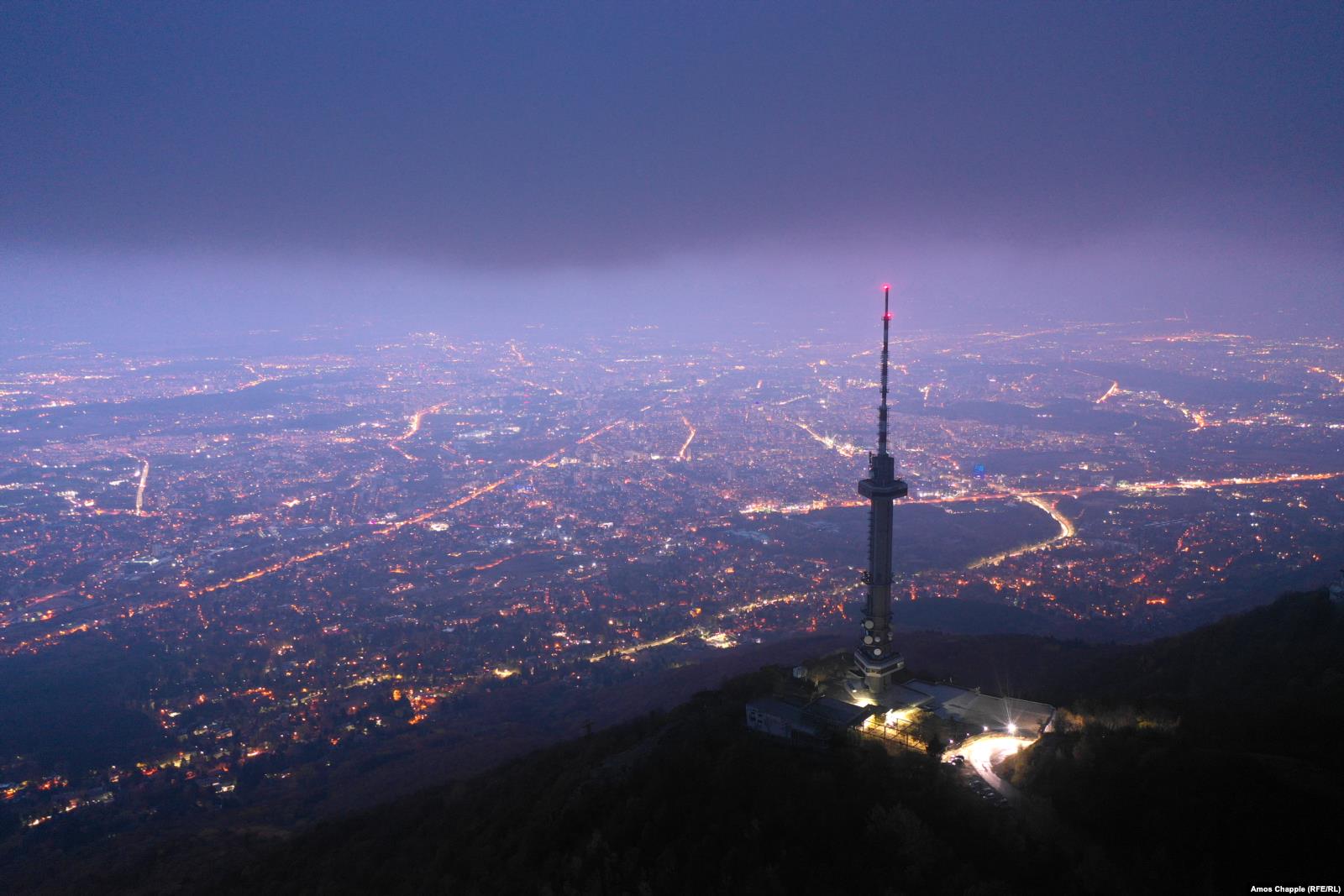
The Vitosha Mountain TV tower with Sofia sparkling in the background.
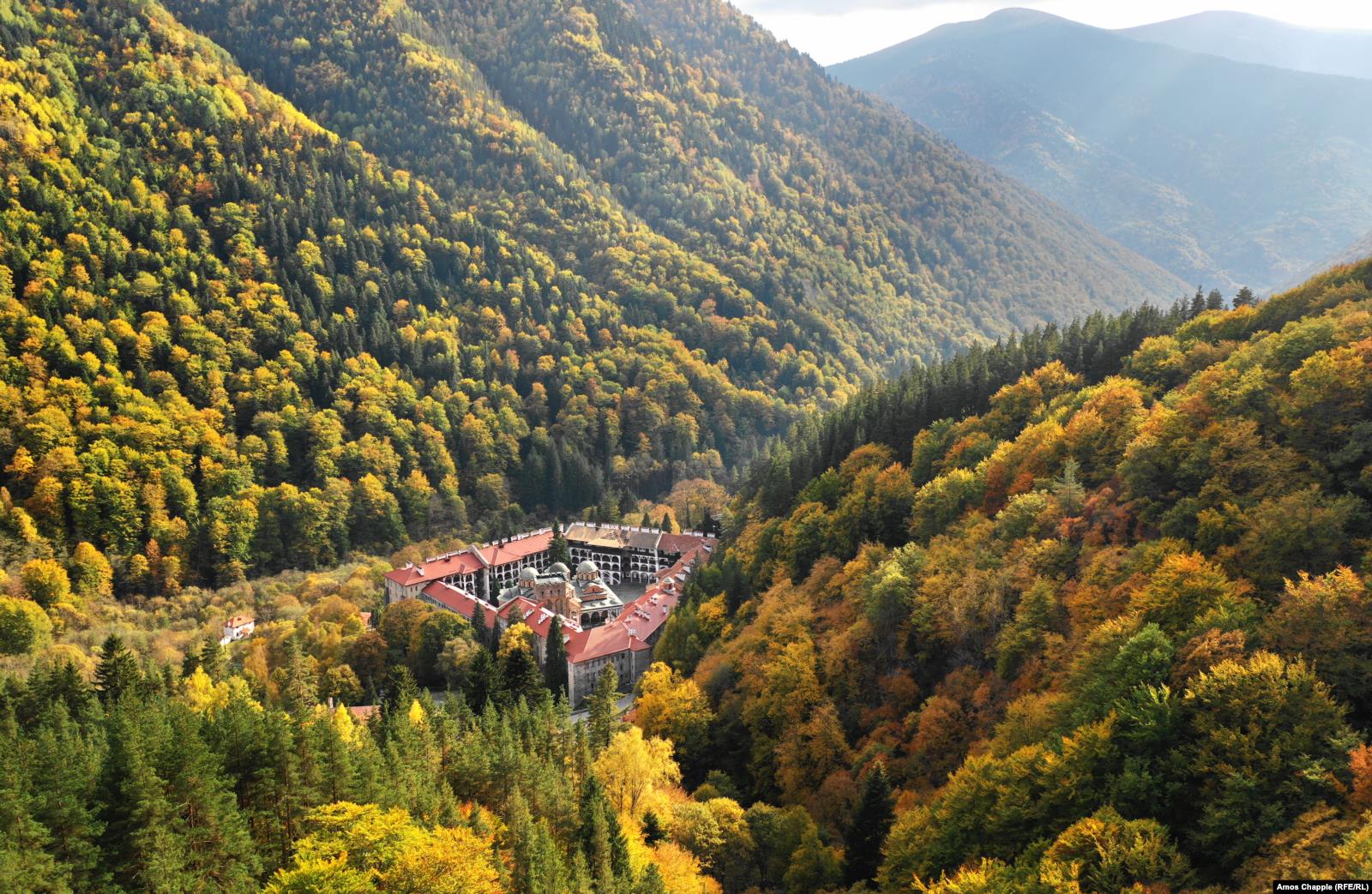
The Rila Monastery nestled in its valley glowing gold in autumn.
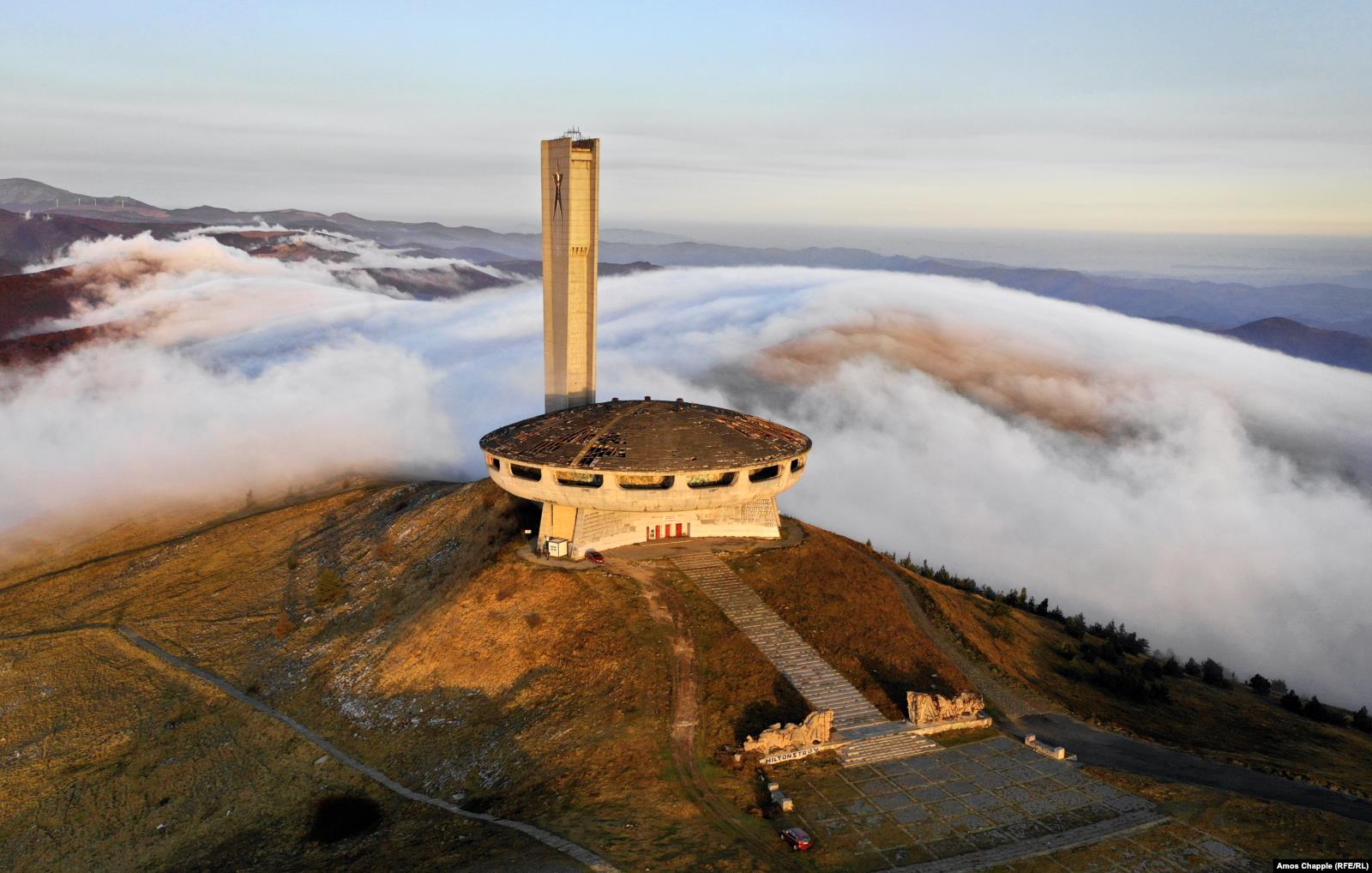
The abandoned Soviet-era monument of Buzludzha in the Central Balkan Mountains. The peaks witnessed several furious battles during the war that would eventually free Bulgaria from Ottoman rule.
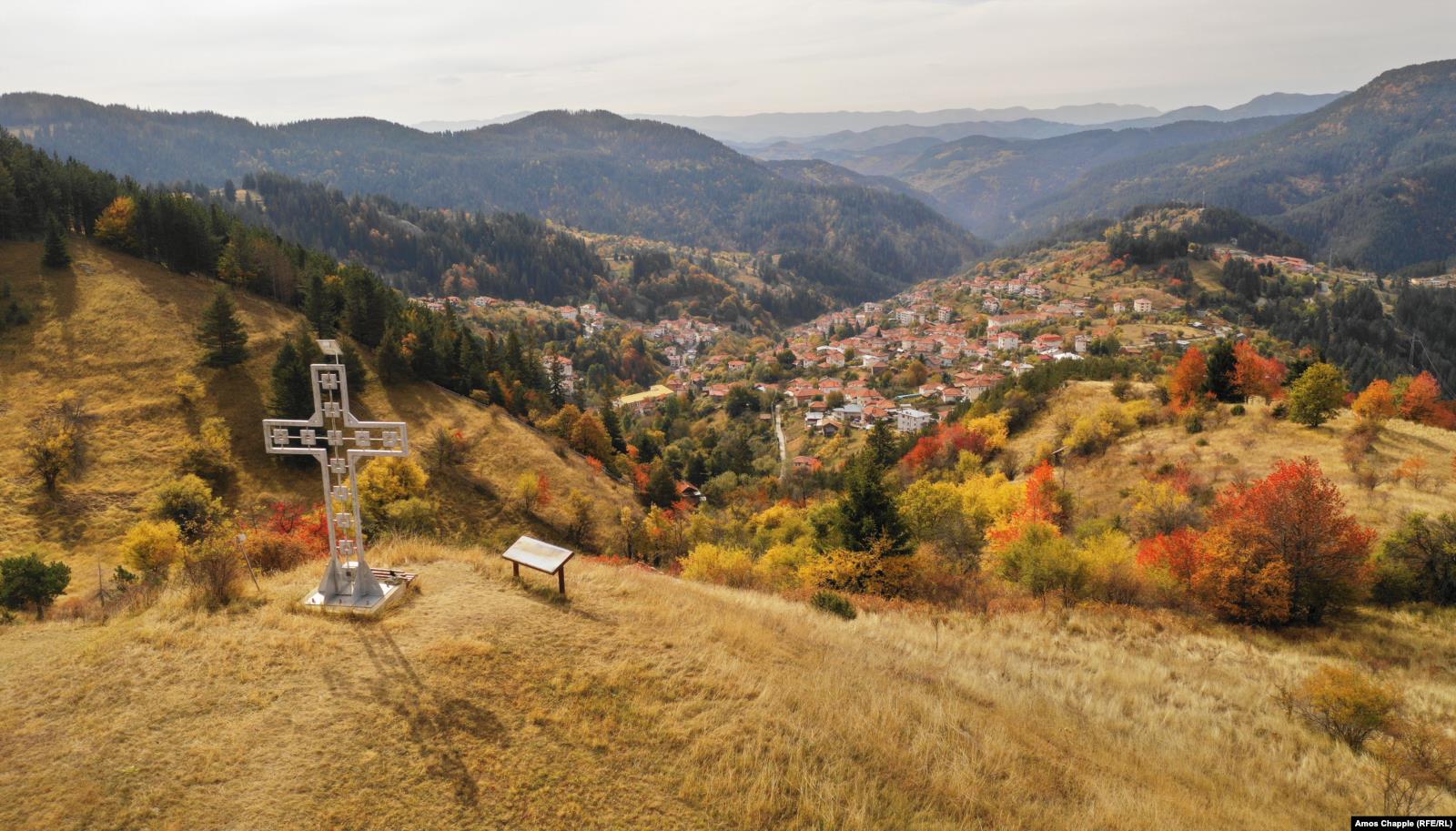
A cross above Momchilovtsi in the Rhodope Mountains. The settlements of the region are a jumble of Christian and Muslim villages, after many were forcibly converted to Islam by the Ottoman authorities in the 16th and 17th centuries.
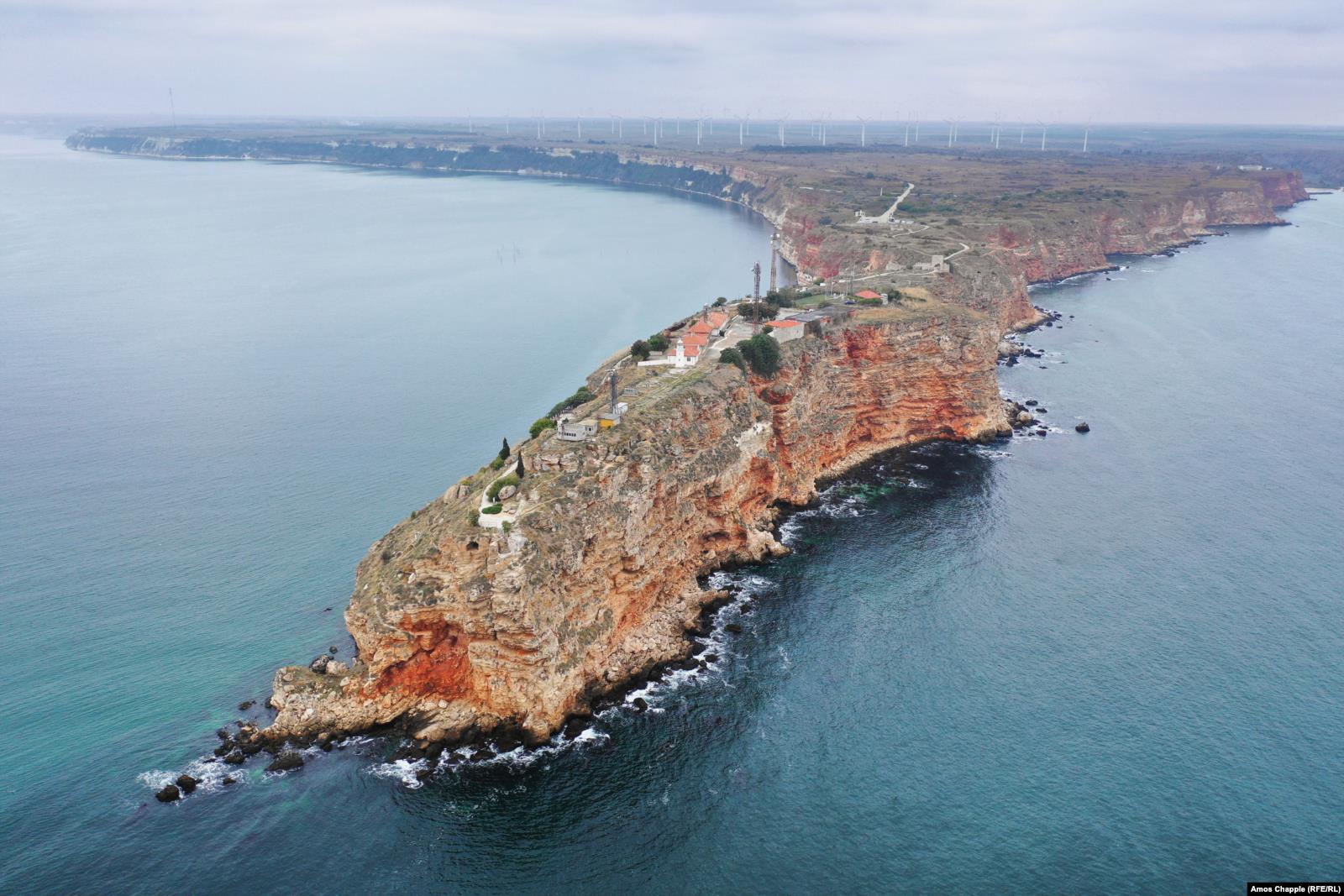
Kaliakra, a headland that juts into the Black Sea. The needle-thin peninsula gave rise to a legend that God stretched a finger of land ahead of a favorite saint who was fleeing the Ottomans.
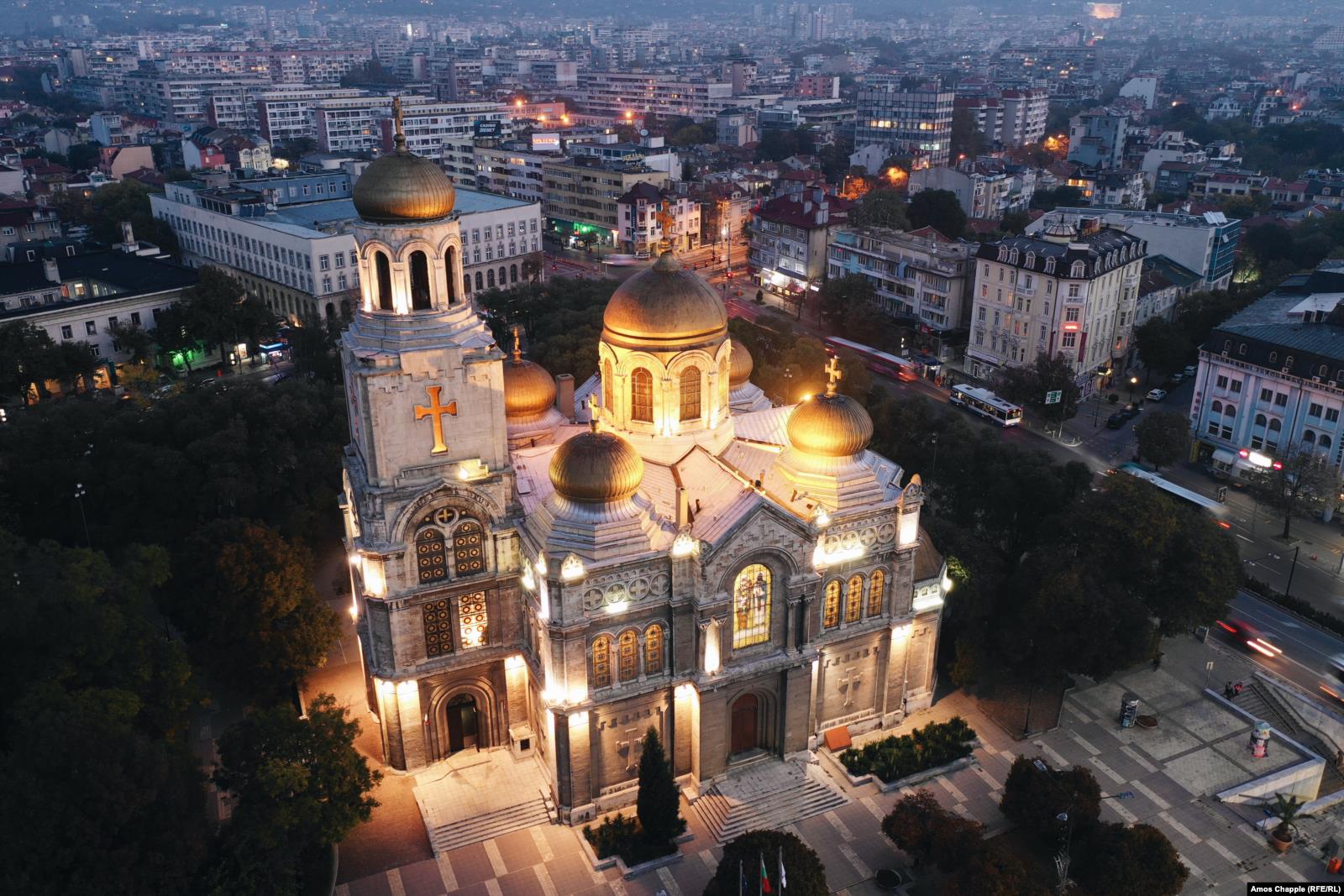
Varna’s Dormition Of The Mother Of God Cathedral in the gloom of an overcast morning.
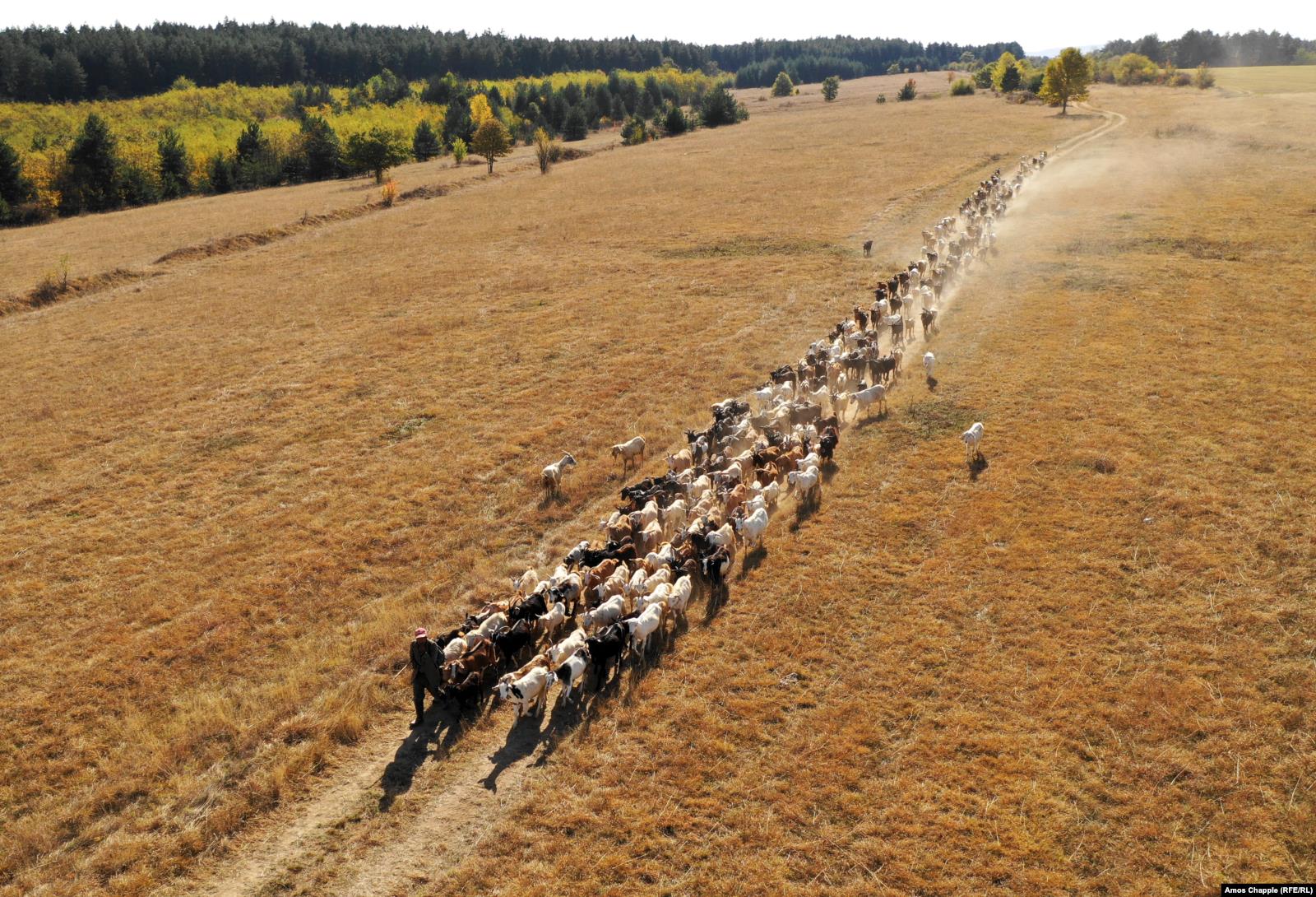
A goatherd leads his flock down a dirt road near Kazanluk.
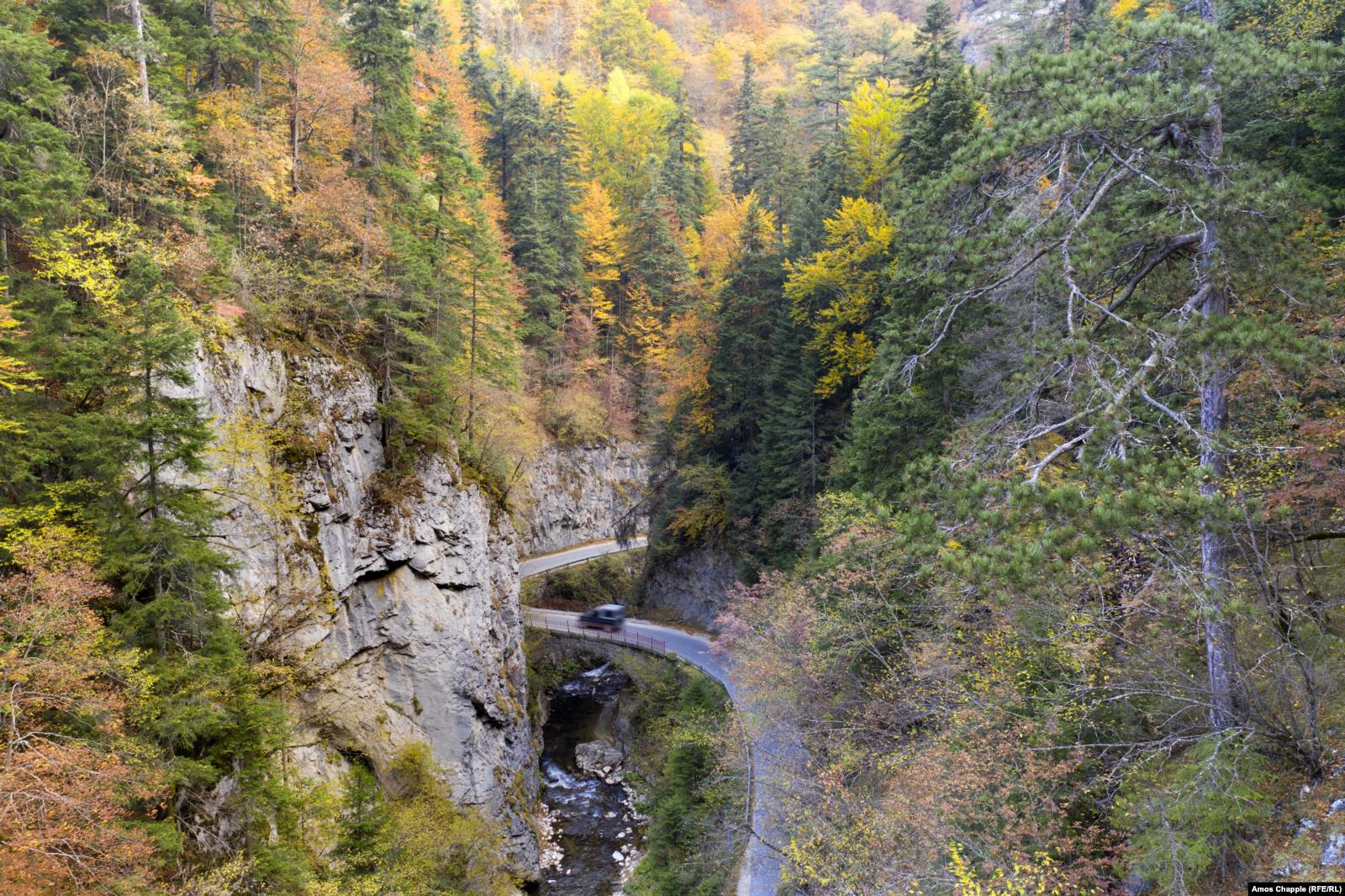
A road winding through a gorge in the Rhodopes.

A Soviet-era monument above the highway running past Blagoevgrad.
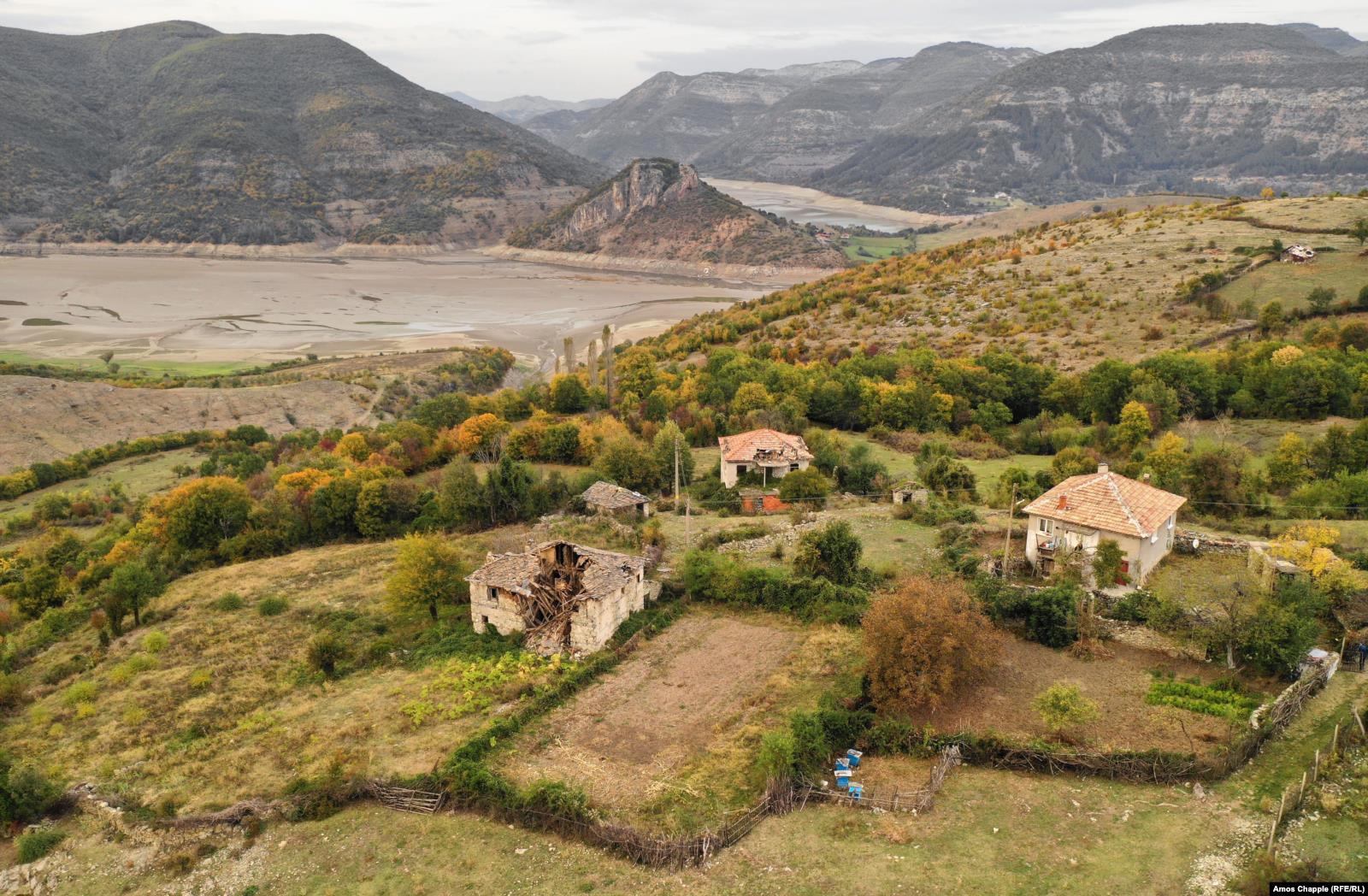
A crumbling village house near Kardzali. Such scenes are a common sight in rural Bulgaria. Since 1990, the country has lost some 2 million people, and the steadily declining population now stands at 7.1 million.
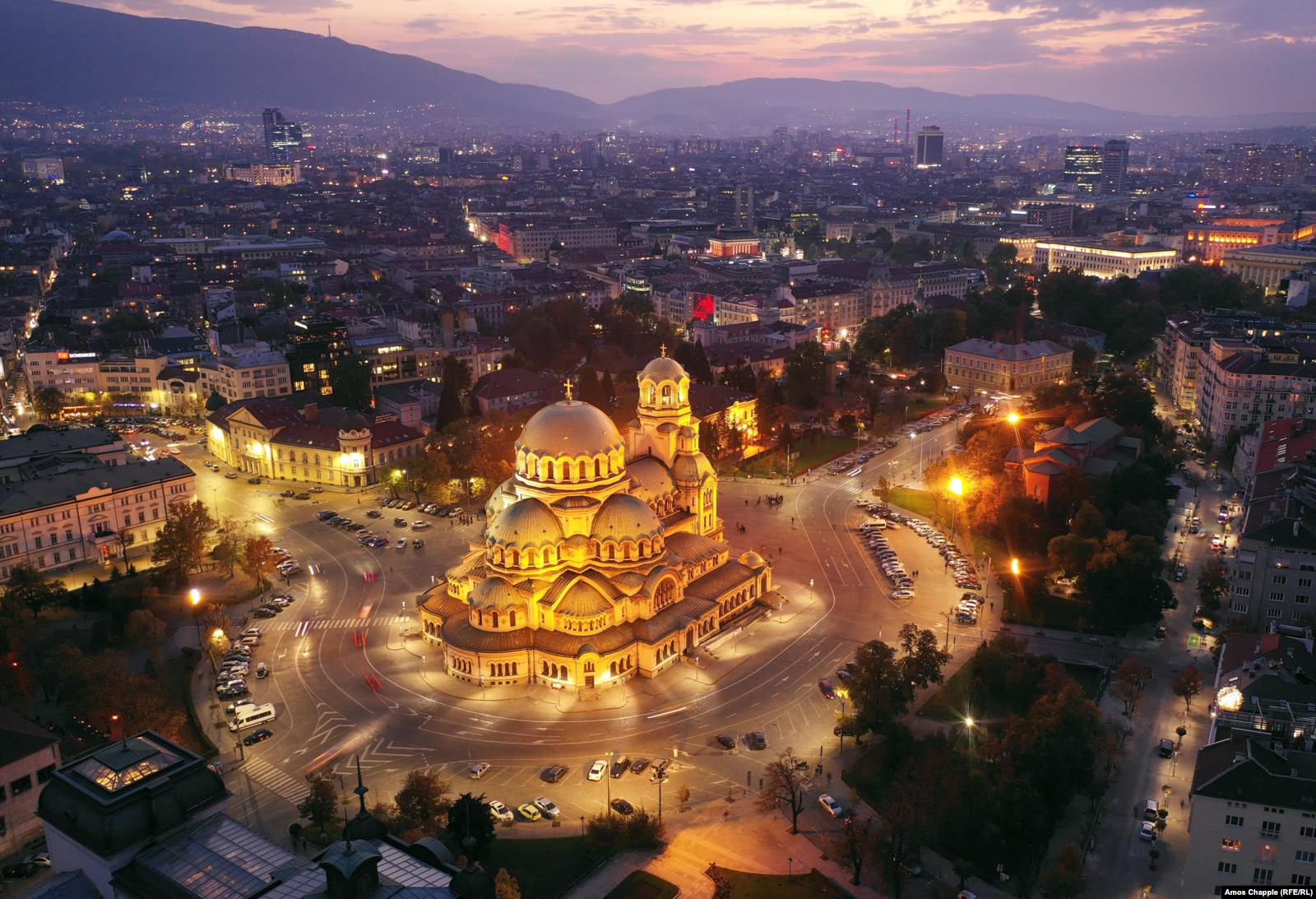
The Aleksandr Nevsky Cathedral, the centerpiece of Bulgaria’s capital, Sofia.

A fishing boat slides into the Black Sea from the village of Shabla.
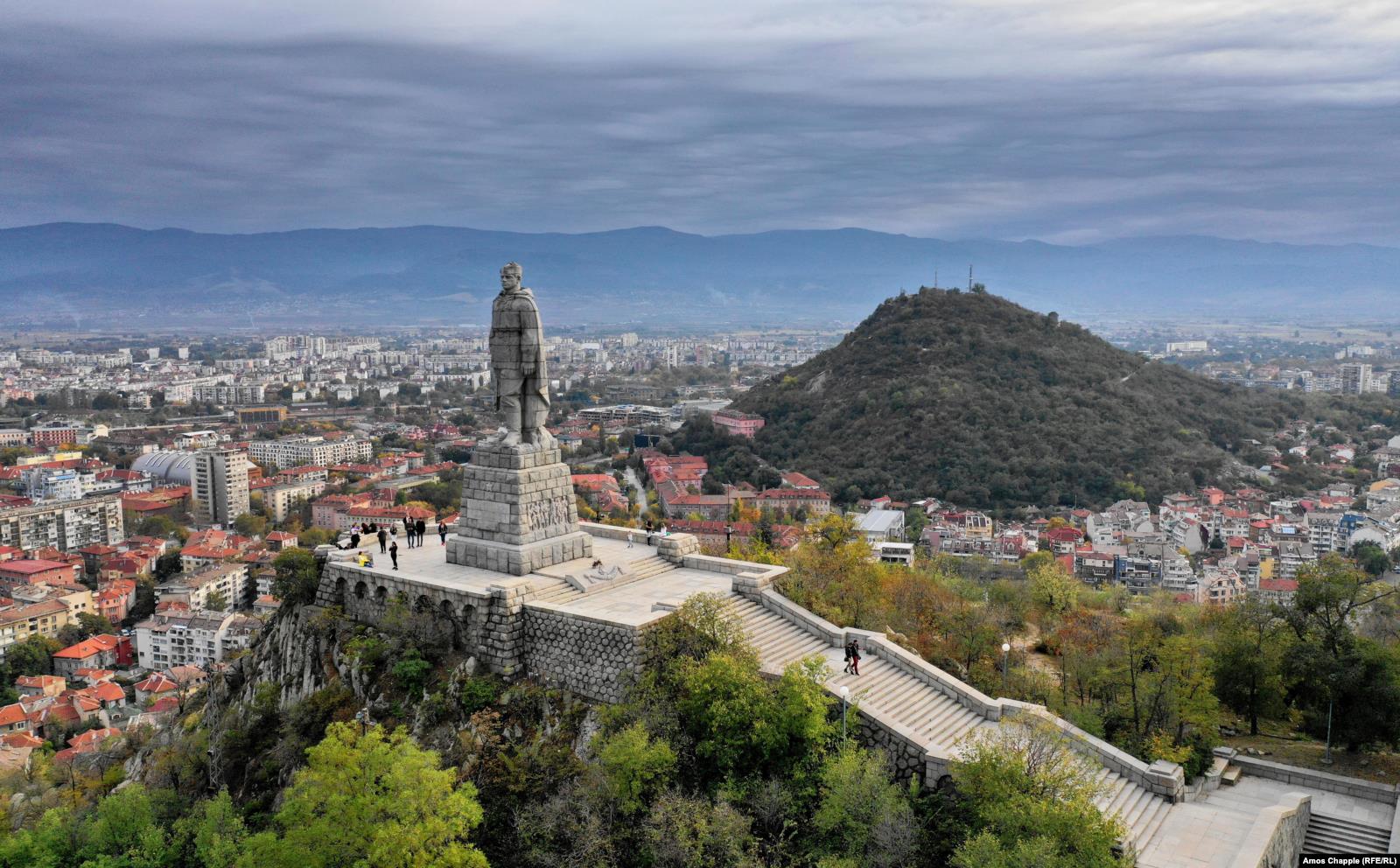
Alyosha, Plovdiv's monument to Soviet soldiers, under a gunmetal sky. Since the collapse of the U.S.S.R., there have been two attempts to remove the monument, which at one stage had a band of volunteers guarding it by night.

The Transfiguration Monastery, near Veliko Tarnovo.

A vast concrete lion (top right) clambering from the Founders Of The Bulgarian State Monument on a hill above Shumen. The concrete colossus was opened in 1981 for the 1,300th anniversary of the founding of the Bulgarian state.
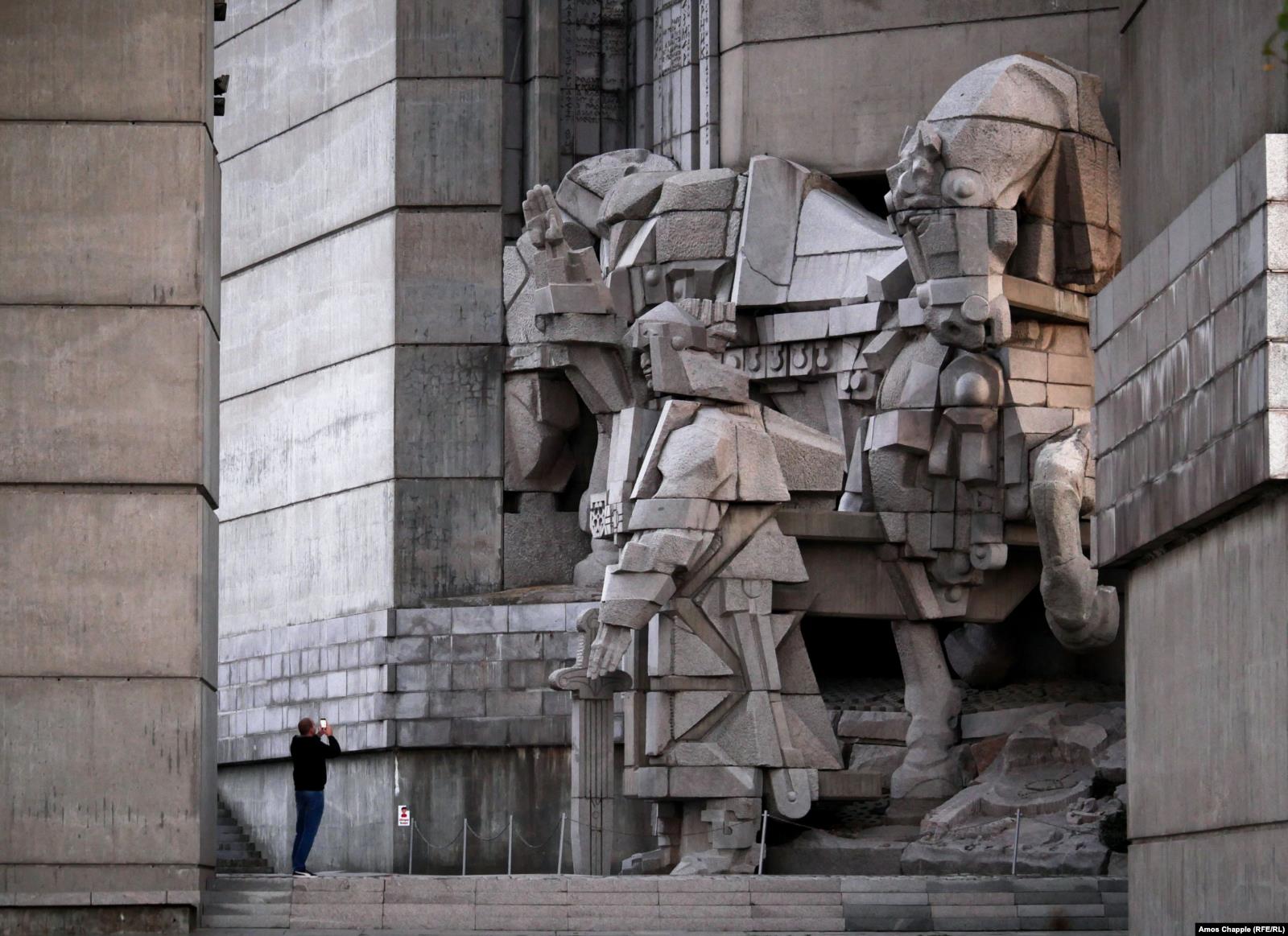
A detail inside the Shumen monument, recreating the moment the founder of Bulgaria stepped off his horse and, according to legend, plunged his sword into the earth, declaring, "Here will be Bulgaria!"